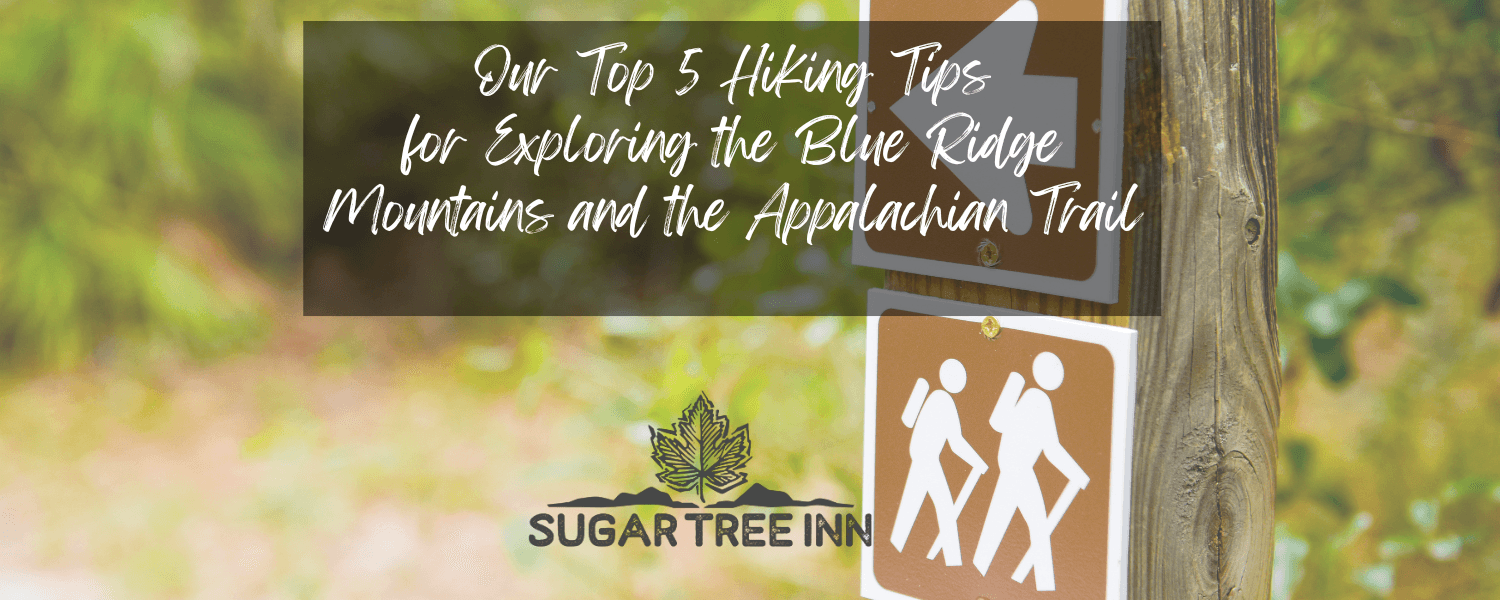Our Top 5 Hiking Tips for Exploring the Blue Ridge Mountains and the Appalachian Trail
Whether you're a seasoned trekker or a weekend warrior, hiking the Blue Ridge Mountains near the Appalachian Trail offers breathtaking views, peaceful forests, and unforgettable adventures. At Sugar Tree Inn, located just minutes from the Blue Ridge Parkway at Milepost 27, many of our guests come to relax after a day on the trails—or gear up for one! To help you make the most of your outdoor getaway, we’ve compiled our favorite hiking tips and tricks for the Blue Ridge Mountains and Appalachian Trail hikes.
1. Choose the Right Trail for Your Skill Level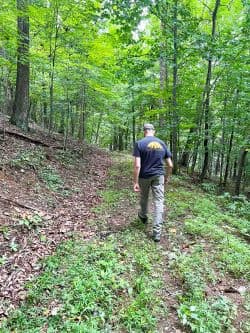
From gentle woodland walks to steep ridgeline scrambles, there’s a hike for everyone inthe Blue Ridge and Shenandoah Valley region. For beginners, we recommend the family-friendly waterfall hike Crabtree Falls (one of the tallest cascades east of the Mississippi) or other waterfall locations near us. For something more rugged, try the challenging day hike on the Appalachian Trail segment near Humpback Rocks, just a short drive from Sugar Tree Inn.
2. Pack Smart, Even for Short Hikes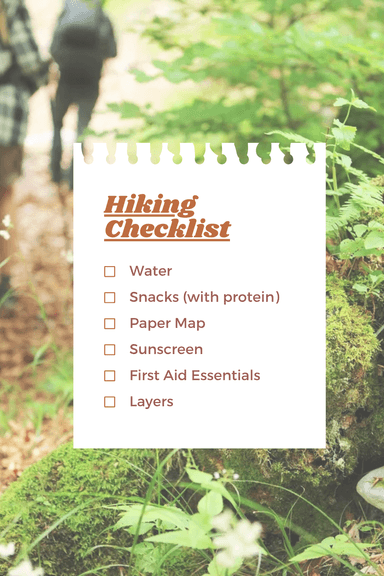
Weather in the mountains can shift quickly. Even for short hikes in the Shenandoah Valley or Blue Ridge Parkway region, this is our recommended “what to pack for a hike in the Blue Ridge Mountains” list:
- Water (always more than you think)
- Snacks with protein (trail mix, jerky, granola)
- A paper map or downloaded offline trail map
- First-aid essentials including sunscreen
- Layers—especially in fall or early spring
3. Start Early and Know Your Route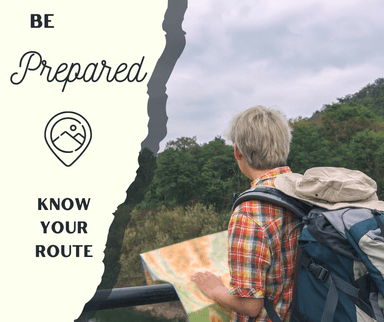
In the warmer months, trailheads can fill up fast—especially along the Appalachian Trail and Blue Ridge Parkway overlooks. The best time of day to hike in Shenandoah Valley or Appalachian Trail is to start early which helps avoid crowds and afternoon thunderstorms. Do your homework: check trail conditions, closures, and whether dogs are allowed.
4. Respect Wildlife and Stay on the Trail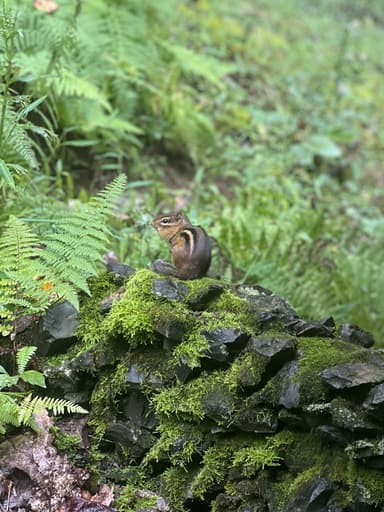
The Blue Ridge Mountains are home to black bears, deer, a dazzling array of birds and butterflies, and our little friend "Chip" the chipmunk. Stay safe (and keep the environment pristine) by:
- Keeping your distance from wildlife
- Carrying out everything you bring in
- Staying on marked trails to prevent erosion
5. Treat Your Body Right After the Hike
Hiking in the Blue Ridge Mountains or along the  Appalachian Trail can be physically demanding—even on short routes. After your trek, give your body the care it deserves:
Appalachian Trail can be physically demanding—even on short routes. After your trek, give your body the care it deserves:
- Rehydrate with plenty of water or electrolyte drinks
- Refuel with a protein-rich meal to aid recovery
- Stretch or take a short walk to cool down your muscles
- Elevate your feet to reduce swelling, especially after downhill trails
If you’re on a multi-day trip, prioritize rest, proper footwear, and even a relaxing soak when possible. Taking time to recover ensures you’ll enjoy your next hike just as much as the last.
Plan the Perfect Hiking Getaway in the Blue Ridge Mountains
Whether you’re hiking a section of the Appalachian Trail or just looking for a peaceful mountain walk, the Blue Ridge Mountains near Sugar Tree Inn offer something for every level of explorer. Pack smart, hike safely, and end your day in comfort at our mountain bed and breakfast near the Blue Ridge Parkway. With easy access to local trailheads, breathtaking overlooks, and the cozy charm of our inn, your next hiking retreat in Virginia’s Blue Ridge is closer than you think.

